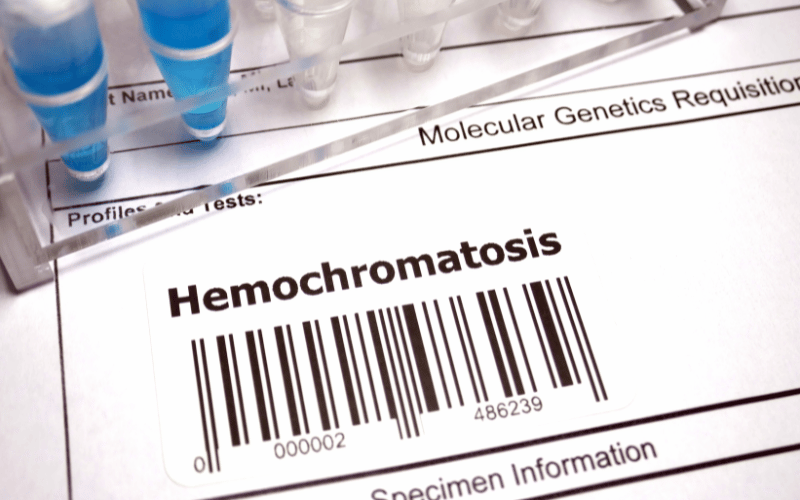Fact 2: Types of Hemochromatosis

While we often use the term “hemochromatosis” in a broad sense, it’s crucial to differentiate its types. Diving into the realm of medicine, two primary categories emerge: primary and secondary hemochromatosis. Let’s shed some light on both.
Primary hemochromatosis, also termed hereditary hemochromatosis, is a trait handed down through genes. It’s in the DNA, originating from genetic mutations, and passed from generation to generation. These mutations impact the body’s regulation of iron absorption, leading it to take in more iron than needed.
On the other side of the spectrum, secondary hemochromatosis is not about heredity; it’s about circumstances. It arises as a result of some other diseases or conditions. Anemia, long-term kidney dialysis, or chronic liver diseases can be potential culprits. Here, the excess iron isn’t due to a genetic predisposition but rather an aftermath of other medical conditions.
Between these two types, primary hemochromatosis is more prevalent. Yet, irrespective of its origin, the aftermath remains similar. Both types lead to excessive iron storage, potentially harming the organs. To navigate the complexities of hemochromatosis, recognizing these types becomes the first step. After all, understanding the root often aids in devising the right strategies for management. (2)